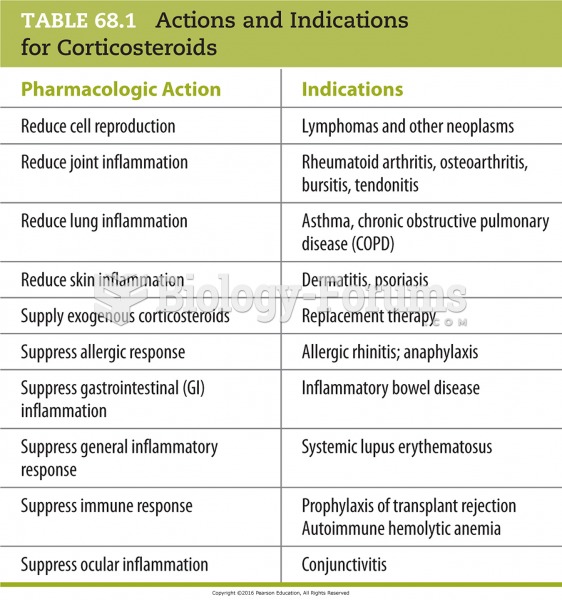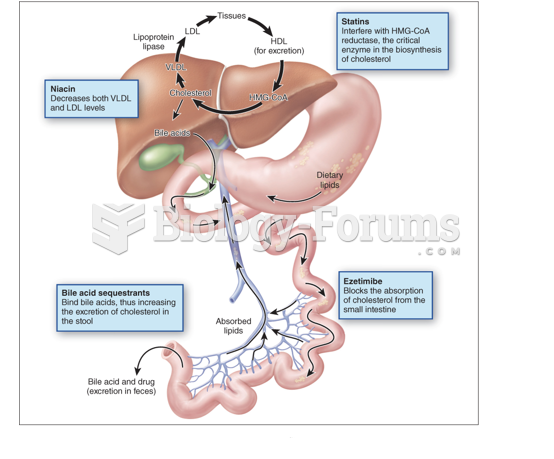This topic contains a solution. Click here to go to the answer
|
|
|
Did you know?
The average adult has about 21 square feet of skin.
Did you know?
Although puberty usually occurs in the early teenage years, the world's youngest parents were two Chinese children who had their first baby when they were 8 and 9 years of age.
Did you know?
Alzheimer's disease affects only about 10% of people older than 65 years of age. Most forms of decreased mental function and dementia are caused by disuse (letting the mind get lazy).
Did you know?
Signs and symptoms of a drug overdose include losing consciousness, fever or sweating, breathing problems, abnormal pulse, and changes in skin color.
Did you know?
More than 34,000 trademarked medication names and more than 10,000 generic medication names are in use in the United States.
 Mujahideen in Afghanistan stand on top of a Soviet helicopter shot down with U.S.-supplied Stinger ...
Mujahideen in Afghanistan stand on top of a Soviet helicopter shot down with U.S.-supplied Stinger ...
 The evolution of societies has been so thorough that this scene—once common for all humanity—has ...
The evolution of societies has been so thorough that this scene—once common for all humanity—has ...





